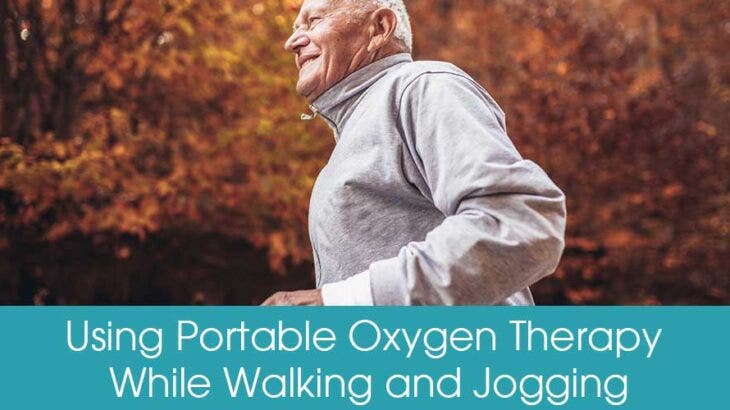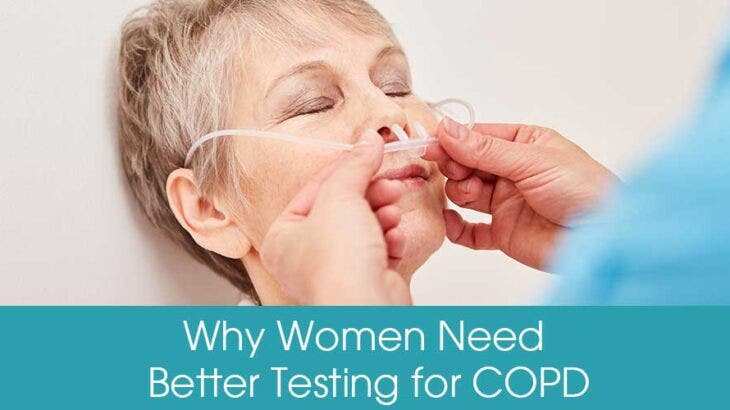
One of the things portable oxygen concentrators are made for, besides traveling and being able to leave your home while receiving oxygen therapy, is being able to exercise outside the home. Some people with chronic lung diseases don’t need oxygen therapy while they are doing normal everyday activities and aren’t exerting themselves. Their blood oxygen level manages to stay above the line that would require for them to use an oxygen concentrator every day, normally.
If you want to be able to go jogging or walking for exercise, around your neighborhood, in a park or a recreation center, you might need to use oxygen therapy if you have a lung disease. This is because when you do a lot of moving, your muscles require more oxygen than normal. If your lungs aren’t bringing in enough oxygen to your blood stream, which is usually the case with those who have moderate to severe COPD, you won’t be able to supply enough oxygen to your organs and muscles while you exercise. This can be very dangerous and cause an exacerbation, or a flare-up and worsening of your condition and even a stay in the hospital.







